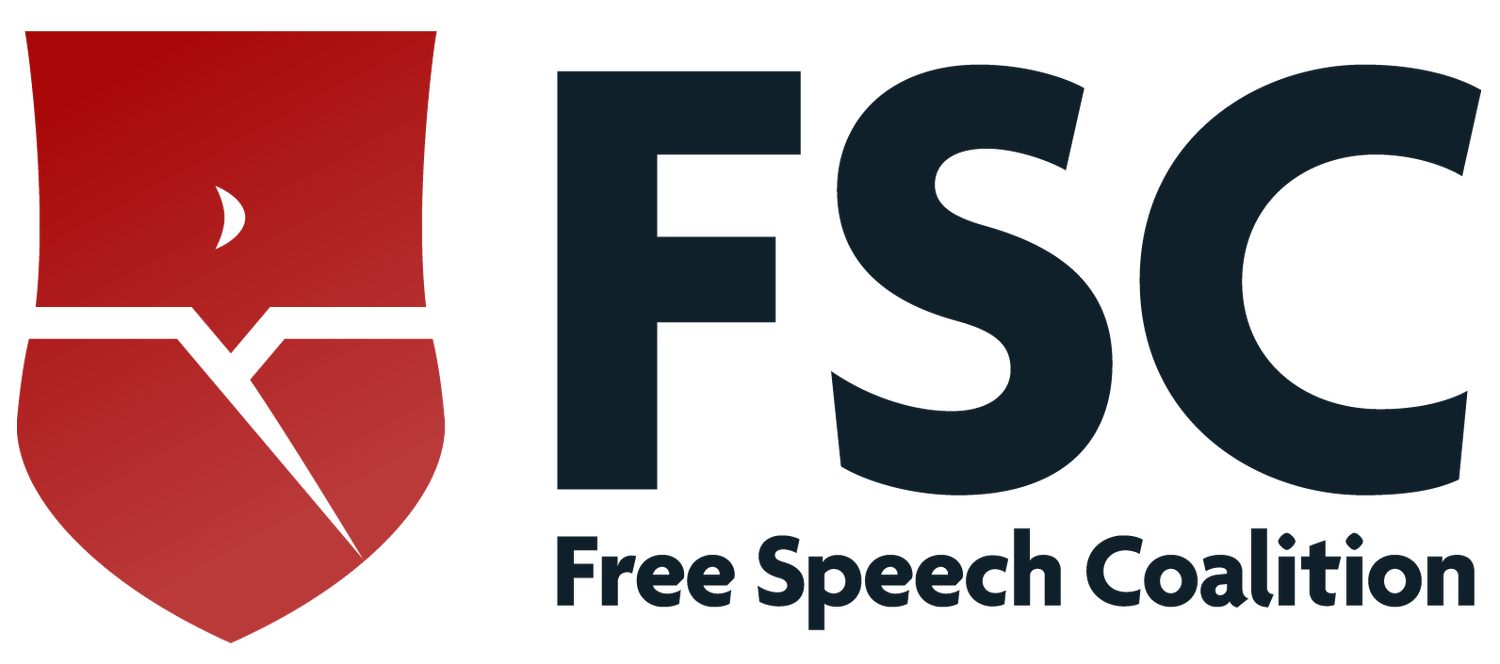To Create an Authentic Brand, Detailed Consumer Info Is a Must (XBIZ)
Read the full article by Richard Anderson at XBIZ.com
As an entrepreneur and brand developer, I approach all product categories with the same attitude: curiosity.
What are people picking up off the shelf in this space? What’s the problem in their lives that they’re looking to solve? How do they want to feel about themselves? Getting detailed consumer information is always the key to creating a perfect product. You have to be a good listener if you want to tap into a loyal market.
I launched a multi-million-dollar business in the beauty industry where I’ve worked for more than 20 years simply by taking the time to find out what women want. Of course, it took a gay man to finally listen to women, right? But seriously, getting the inside scoop of a woman’s daily beauty regime was all I needed to get placed in Sephora, Ulta, QVC and more. That’s why I took the same approach when United Consortium reached out to me as a consultant on their new gay men’s line.
People forget how new the gay market is in the U.S. and around the world. It’s not that we didn’t exist, but it was all happening underground. As recently as the 1960s, you could not be out and proud, so marketing and advertising were restricted to local newsletters, storefronts and maybe back-of-the-newspaper ads. It was so limiting. Then the New York City Stonewall riots of 1969 began to change that, when gay people fought back and said, “You know what, I have a right to be here.” That was the beginning of putting a public face to the gay community — and also when people started using the term “gay community!” You began to see companies recognize that this was a thriving demographic looking for products.
Fast forward 10 years after that, and you had the Florida orange juice boycott of 1977 where Anita Bryant was demonizing gay people publicly while she poured OJ for her children in commercials saying, “It’s not just for breakfast anymore.” Orange juice producers took a substantial hit in sales during that boycott (because, spoiler alert, most Americans don’t support discrimination!) and the business world took notice. Product developers suddenly saw multi-million-dollar opportunity in the gay market. Their takeaway message became, “What can we sell gay people?”

